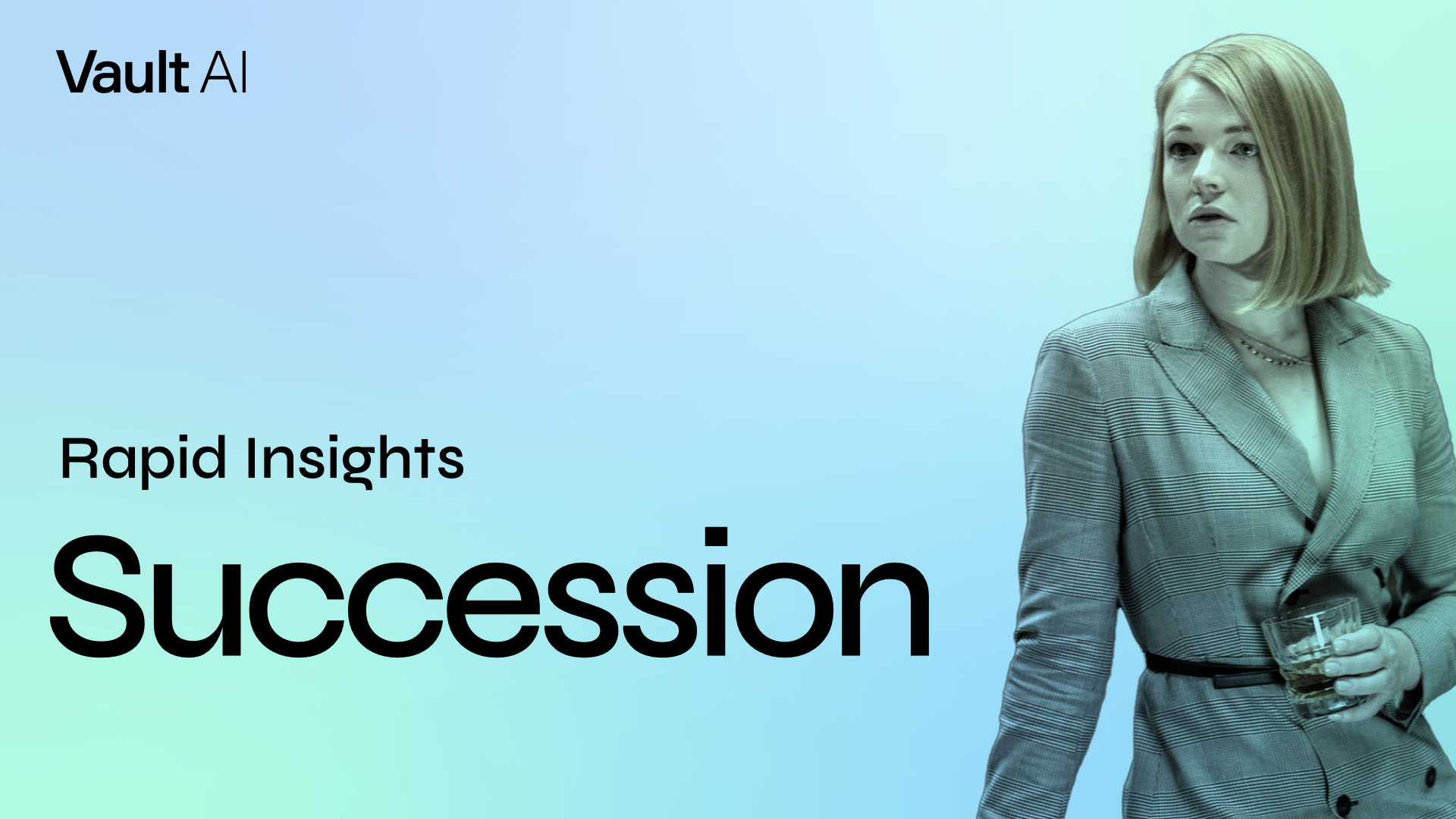Rapid Insights: 2021 Wrap Up
With the year nearly over and many new shows on the horizon, Vault wanted to take a look back on the most successful series of 2021 and highlight a few key trends! Here’s what we were able to find using StoryGuide:
The Marvel(ous) Revolution That Changed Streaming:
In early 2021, the Marvel TV universe exploded onto Disney+ beginning with WandaVision, Falcon and the Winter Soldier, and Loki, helping to drive the streamer’s exponential rise. With these new series tied directly to the franchise’s cinematic world (much more so than pre-2021 forebearers like Daredevil, Luke Cage, and Legion), it’s no surprise that their Marvel Universe connection is even more crucial to their bingeability and ratings. And thanks to the Stylized Action & Violence and Distinctly Realized Worlds that elevate their superhero trappings, StoryGuide predicts that they will have long and successful runs.
International Sensations Landed in the USA:
Netflix’s heavy investment in global content reaped significant rewards this year, with huge international hits successfully translating to domestic audiences. Korea’s Squid Game and Mexico’s Who Killed Sara? made a massive splash, and new seasons of Spain’s Money Heist and France’s Lupin landed in the US top 10 as well. The crime thriller genre, especially with elements of action and mystery, helped these titles transcend borders and languages—viewers in every country love excitement—and drivers like Murder Mystery and Criminal Investigation contribute to their longevity around the world.
Families Brought Humor in Dark Times:
In Year Two of the COVID pandemic, audiences turned toward a succession of comedies and satires to make them laugh and help them cope, and family emerged as a prominent theme. From the pitch-black send-up of a toxic sitcom marriage to the wholesomely upbeat vibes of a found-family pro soccer team, viewers wanted to spend time with relationships outside of their own, and though humor remained a core part of the attraction, it was the ups and downs of the characters’ interpersonal dramas that kept them hooked.
New Dramas Offered Unique American Perspectives:
As part of a larger trend toward drama, 2021 introduced several groundbreaking new series that offered a glimpse into the lives of struggling working class protagonists across the country, from a small Pennsylvania town dealing with murder to a group of Indigenous teens in rural Oklahoma. Unlike the 2020 which premiered dramas with more affluent and traditionally educated characters (The Great, Queen’s Gambit, Little Fires), each painted a compellingly specific portrait of time and place, and their rich depictions of unique family and friend relationships—dysfunctional and supportive alike—served to drive interest for viewers curious to spend time in their unfamiliar settings.
Reboots and Remakes Continued to Make a Splash:
This past year also ramped up the decades-long trend of remaking and rebooting successful IP. Audiences were treated to updated versions of older series (The Equalizer, Fantasy Island, The Wonder Years, and Gossip Girl), a new Law & Order: SVU spin-off with a familiar lead, and same-cast continuations of two shows (Dexter and Sex and the City) that never left the cultural zeitgeist. Likely thanks to their older source material, all of these series—with the notable exception of the teen-heavy Gossip Girl—skew heavily toward viewers 35+, but interestingly, the IP Extension is a top ratings driver only for Dexter (other aspects draw viewers to the remaining shows).
Unscripted Felt a Bit Warmer:
Many of the new reality series introduced in 2021 leaned into a sense of positivity and a more enlightened reimagining of past unscripted tropes. This is in comparison to 2020’s more cut-throat shows like Tiger King and Too Hot to Handle. Indeed, The Challenge: All Stars spin-off highlighted Teamwork, Bravery, and Friendships, while shows like The Hype centered around Creativity and Charisma & Confidence. Married at First Sight: Unmatchables gave previously unsuccessful contestants a second chance at Love, Bling Empire brought us a new cultural perspective of wealthy Asians and Asian-Americans, while FBoy Island finally put the power in the women’s hands in a Bachelor-like set-up.
–
Visit StoryGuide for more details and analysis – Sign up for StoryGuide







